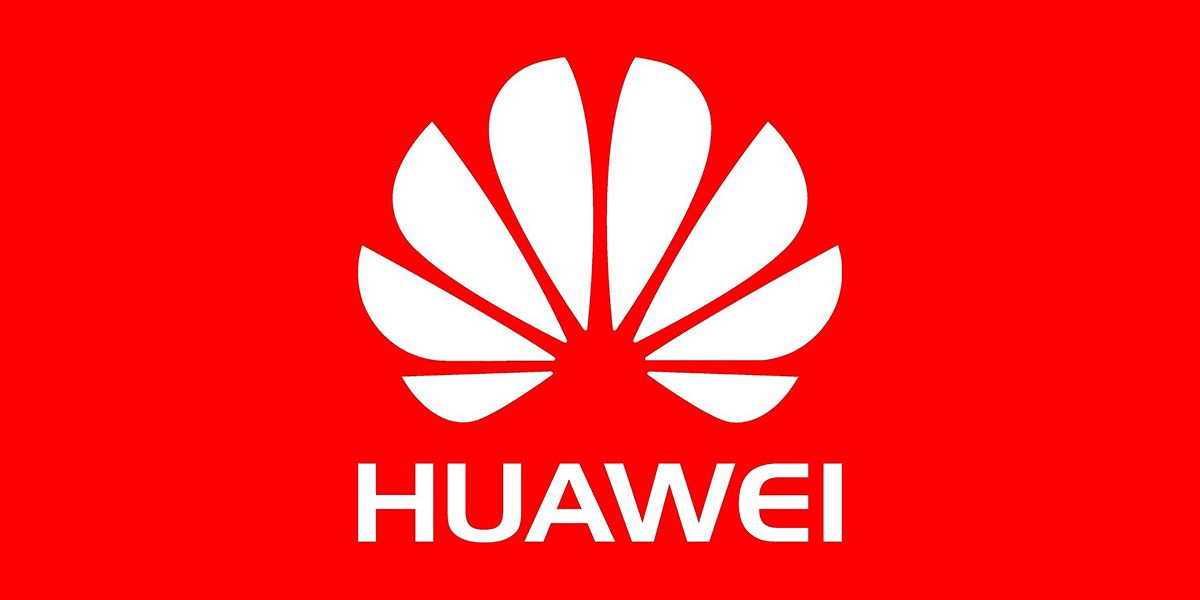By now, most readers should be well familiar with the Huawei-US trade ban saga. The story started back in May 2019, when Huawei was placed on the U.S. Entity List by the U.S. Commerce Department as a part of the U.S.-China trade war. Since that time, Huawei has noticeably struggled to rise above an existential threat to its international smartphone business, as it has not been able to use Google Mobile Services (GMS) on any new phone launches containing new chips. The company has been forced to re-brand pre-existing products, with bizarre results such as the Huawei P30 Pro New Edition and a series of re-hashed budget phone launches in India and Europe. There have been U-turns and political drama, but the company's presence on the Entity List has endured even after a full year. More worryingly for the company, the U.S. administration has since escalated a things further by targeting Taiwan-based TSMC, the world's largest semiconductor fabrication company, in an effort to force it to stop manufacturing chips for Huawei. If it's successful in doing that, Huawei will face of a crisis of survival as all HiSilicon chips have, up until now, been fabricated by TSMC.
The COVID-19 crisis and its political intricacies are beyond the scope of this publication, but it's fair to note that the onset of this crisis has meant the U.S.-China trade war will only worsen now because of accusations being thrown around by both sides. Huawei may have been hoping for relief in January when a Phase 1 trade deal was signed between the two rival countries, but things have changed now. To that matter, Huawei has been working on its long-term goal to achieve independence from foreign chip makers. The government-run Global Times, a Chinese newspaper falling under the People's Daily group, has now reported that the Huawei Kirin 710A chip, based on 14nm technology, has achieved commercial mass production. It has the distinction of being the first pure Chinese chip with independent intellectual property (IP) rights.
The Kirin 710A is produced by Shanghai-based Semiconductor Manufacturing International Corp (SMIC). Up until now, TSMC has been the only fabricator of Huawei's HiSilicon chips. In the global smartphone semiconductor industry, TSMC and Samsung stand out as the only major players, with TSMC having a lion's share of the smartphone chip manufacturing market. This represents a change as TSMC and Samsung are based in Taiwan and South Korea respectively. No home-grown Chinese chip fabricator has achieved mass popularity yet. The Kirin 710A, therefore, could represent a big shift.
The chip has a main frequency of 2GHz, as reported by Chinese financial news site chinastarmarket.cn. As it's a derivative of the Kirin 710 and the Kirin 710F, the core CPU configuration and the GPU are expected to remain the same. The Global Times reports that almost every employee at SMIC Shanghai had received an Honor Play 4T phone last week, with "Powered by SMIC FinFET" printed on the back. This shows the commercialization of 14nm FinFET chips made by SMIC. The manufacturing process itself is unremarkable, as TSMC and Samsung have achieved 7nm FinFET processes since 2018 and 2019. However, this is the first time a Chinese chip manufacturer has even commercialized the two-generation old 14nm FinFET chips.
Huawei's chip subsidiary, HiSilicion, declined to confirm or deny the Global Times' report. However, Shenzhen-based research firm N1mobile told the publication that research staff from both sides began exchanges on the project last year. According the firm, the successful mass production of the cihp benefits Huawei, as using chips provided by a manufacturer located in mainland China could help it reduce its reliance on Taiwan-based TSMC, which, in turn, would help cushion shocks from the U.S.-China trade conflicts. The publication notes that previously, all chips for Huawei mobile devices were designed by HiSilicon, and then manufactured by TSMC. This resulted in a problem when the U.S. has been planning for several months to prevent TSMC from selling chips to Huawei.
SMIC has high hopes of localizing chip manufacturing in the Chinese mainland and becoming an alternative to TSMC. On May 5, it announced that it would apply to list on the sci-tech innovation board, a new NASDAQ-style tech board in Shanghai. After the news broke, A-shares relevant to chip manufacturing equipment strengthened on Monday this week.
We are waiting to see how the developments play out, but there's no denying that this could have notable implications on the smartphone market. Protectionism is the preferred government strategy to be applied these days. Consumers will be adversely affected by these power politics, and other stakeholders will be affected as well. With the world in the raging throes of a full-on pandemic, though, things could still get worse.
Source: The Global Times

